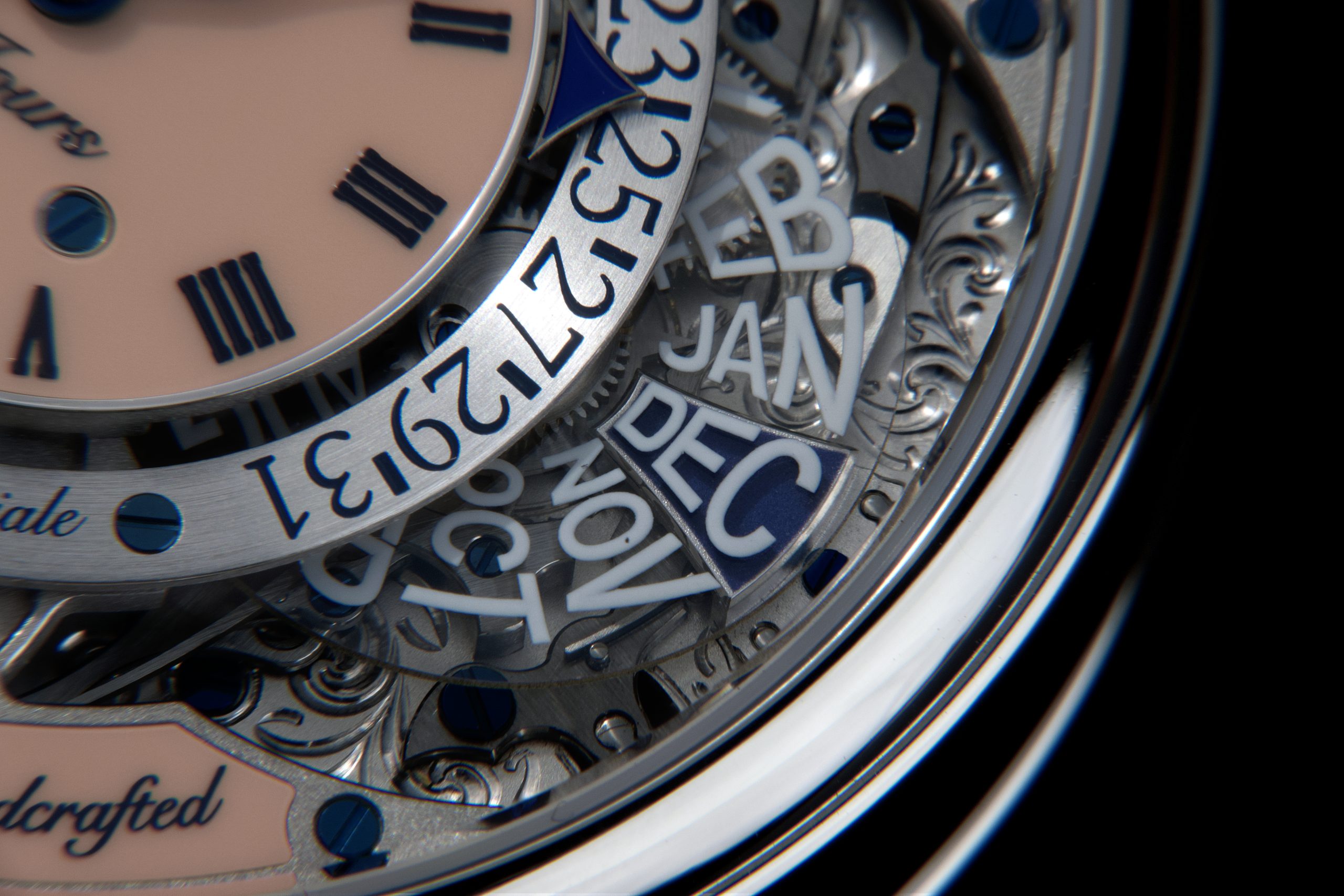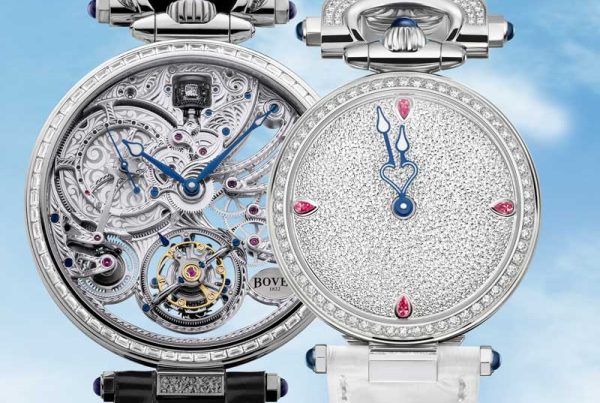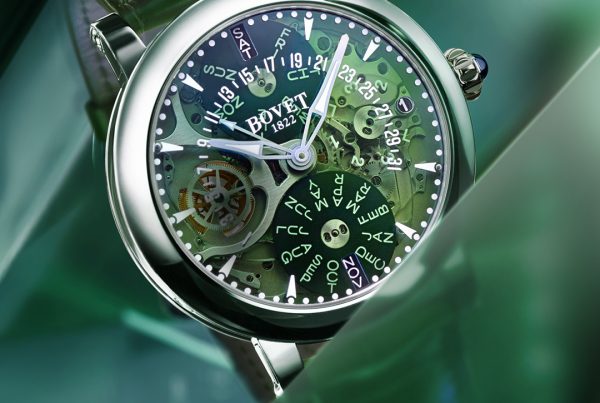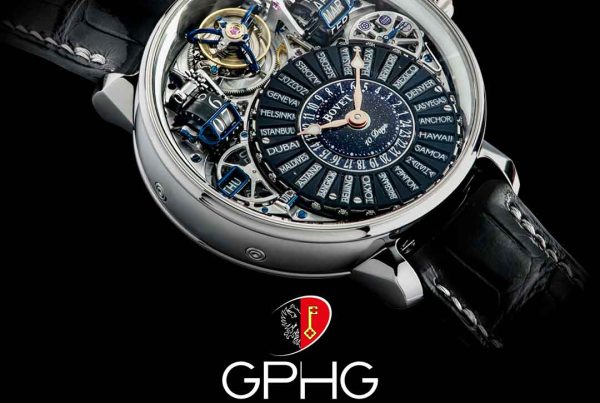Staying Up to Date with Calendar Timepieces
Calendar timepieces have been around for centuries, popular for their usefulness as well as for their mechanical complexity.
Calendar timepieces are the original smart watches, and their ability to manage days, dates, and even leap years is still awe-inspiring.
Types of Calendar Timepieces
The starting point is the Simple Calendar timepiece, a timepiece with a date function, which displays 31 24-hour cycles over and over again, thanks to its system of gears that are toothed to coincide with most months.
This timepiece displays the date, but the date has to be reset when a month has less than 31 days.
There are four common date displays:
Date Window – This is when you have an opening on the dial, often at 3 or 6 o’clock that features the date
Big Date – Big date is as its name indicates a date indication but bigger and more visible, using done with two wheels.
Pointer Date – The dates for the month are indicated on the outer ring of the dial and a hand points to the correct date.
Sub Dial Date – The date is displayed on a small sub dial.
The next step up in complexity is the Annual Calendar. This watch will run for a full year (starting on March 1) without having to be reset. It will have to be reset at the end of February, the only month that varies in the number of days from year to year.
As long as you keep it wound, which is why BOVET focuses on long power reserves in all its in-house timepieces, you won’t have to correct the date from March all the way through January.
The Perpetual Calendar, aka quantième perpétuel in French, is the ultimate calendar because it knows how long each month is, no matter if it is a leap year (the year when February has 29 days). Keep a BOVET perpetual calendar running and you won’t have to reset it until the year 2100.
Why 2100?
Because, due to a quirk in the Gregorian calendar, years exactly divisible by 100 are only leap years when they are also exactly divisible by 400. So, 1800 and 1900 were not leap years, and 2100 and 2200 will also not be leap years.
To keep track of the calendar so accurately, which is an incredible feat, the perpetual calendar movement draws on a "mechanical memory" of 1,461 days or four years. The BOVET perpetual calendar mechanisms use movements which are comprised of several hundred wheels, gears, levers and other components.
A perpetual calendar is considered a High Complication, and is often coupled with tourbillons, moon phases, retrograde displays, and more to create Grand Complications.
The perpetual calendar is also one of the most complicated movements to master, and not many companies produce them in-house, as BOVET does.
It’s magical that timepieces so extraordinarily complex look so simple from the outside. Easy to set and easy to read, BOVET perpetual calendars hide their high watchmaking, but to see it on display, all you have to do it turn the timepiece over and admire the movement through the exhibition back.
Calendar timepieces help keep you on schedule, giving you all the information you need at a glance.
The perpetual calendar is far and away the coolest of the calendar complications – using hundreds of gears and wheels and levers to accurately compute the lengths of months without you having to worry about anything.
Just keep it wound and go about your days… and months, and years.






